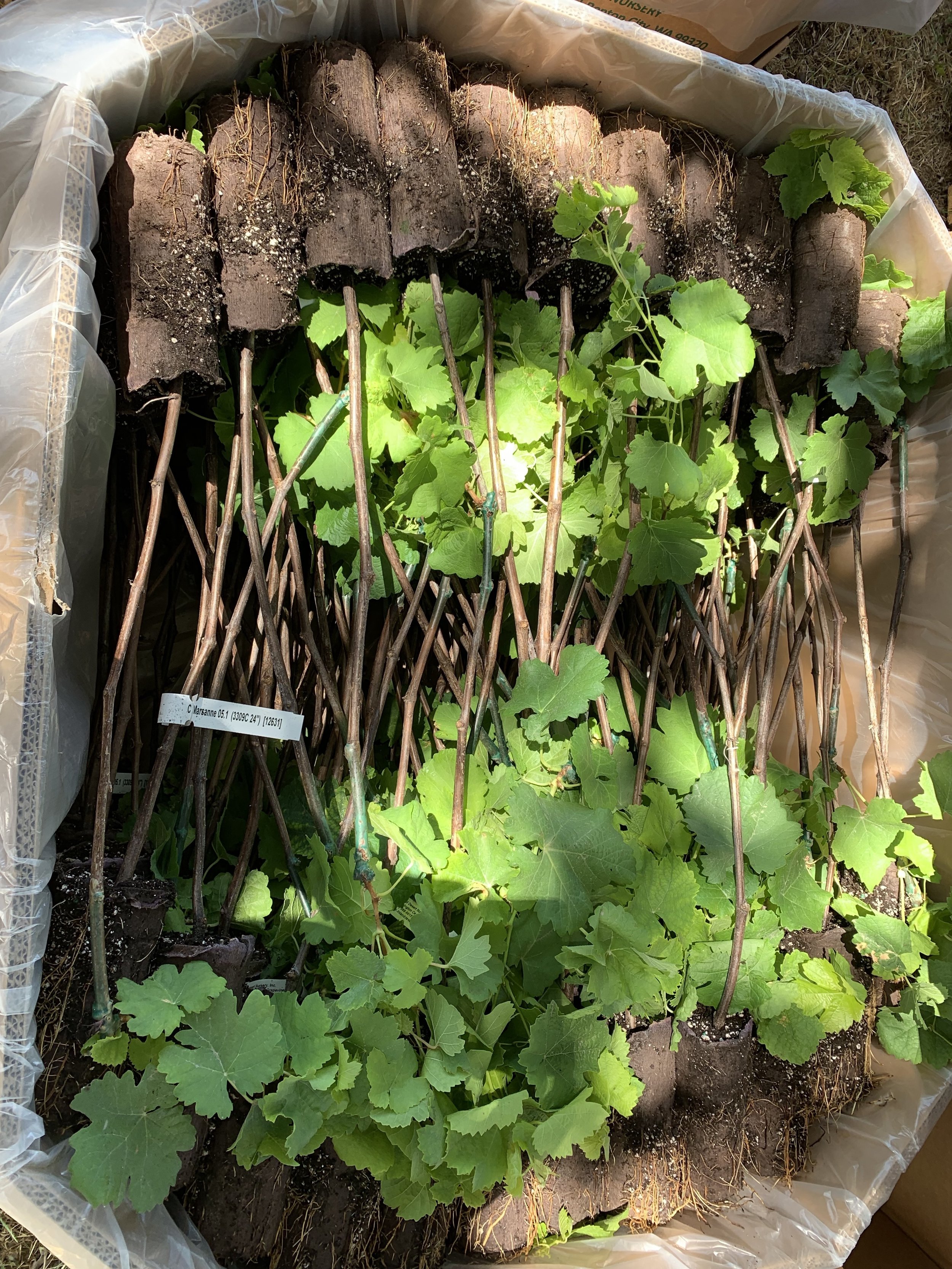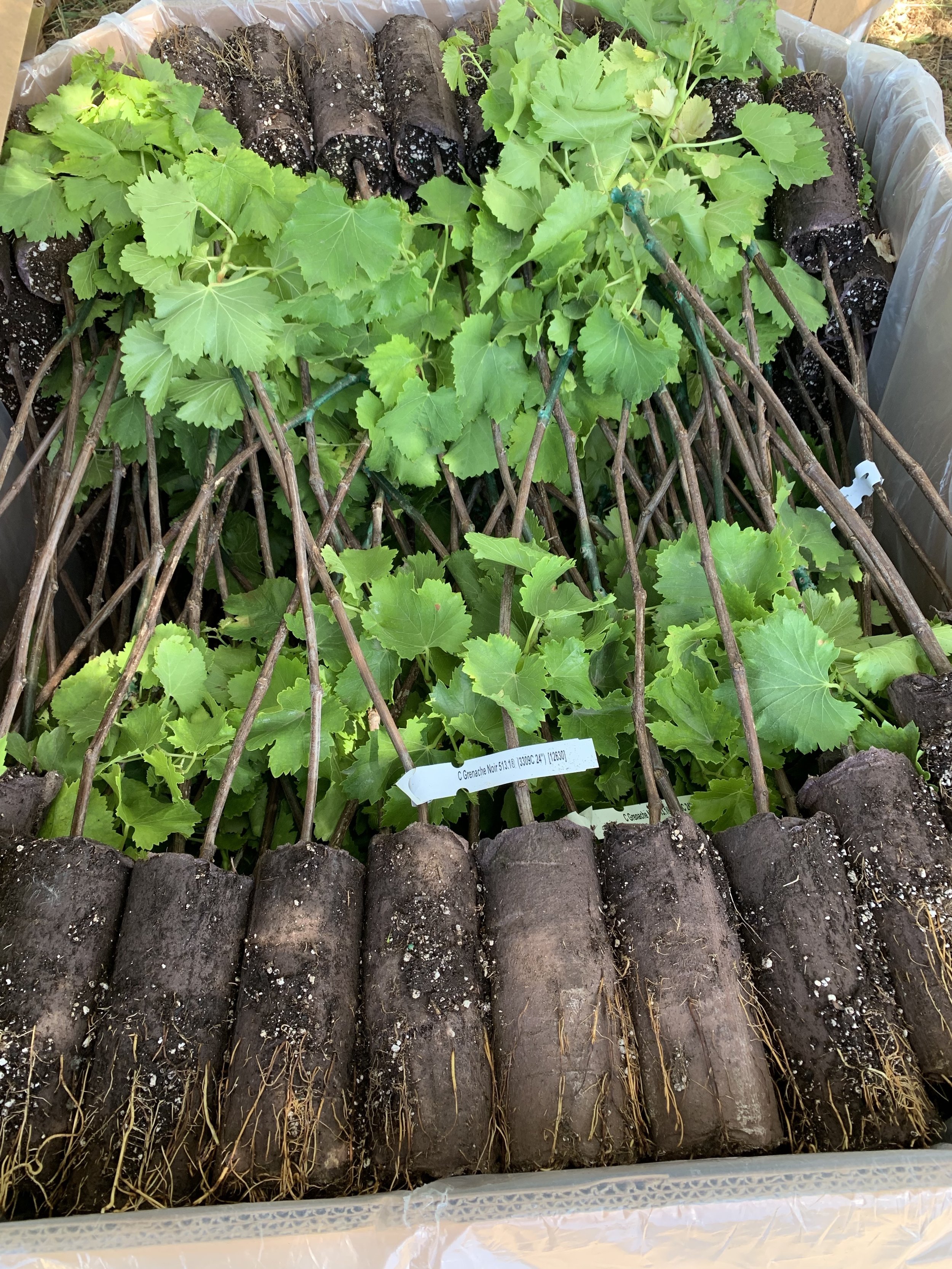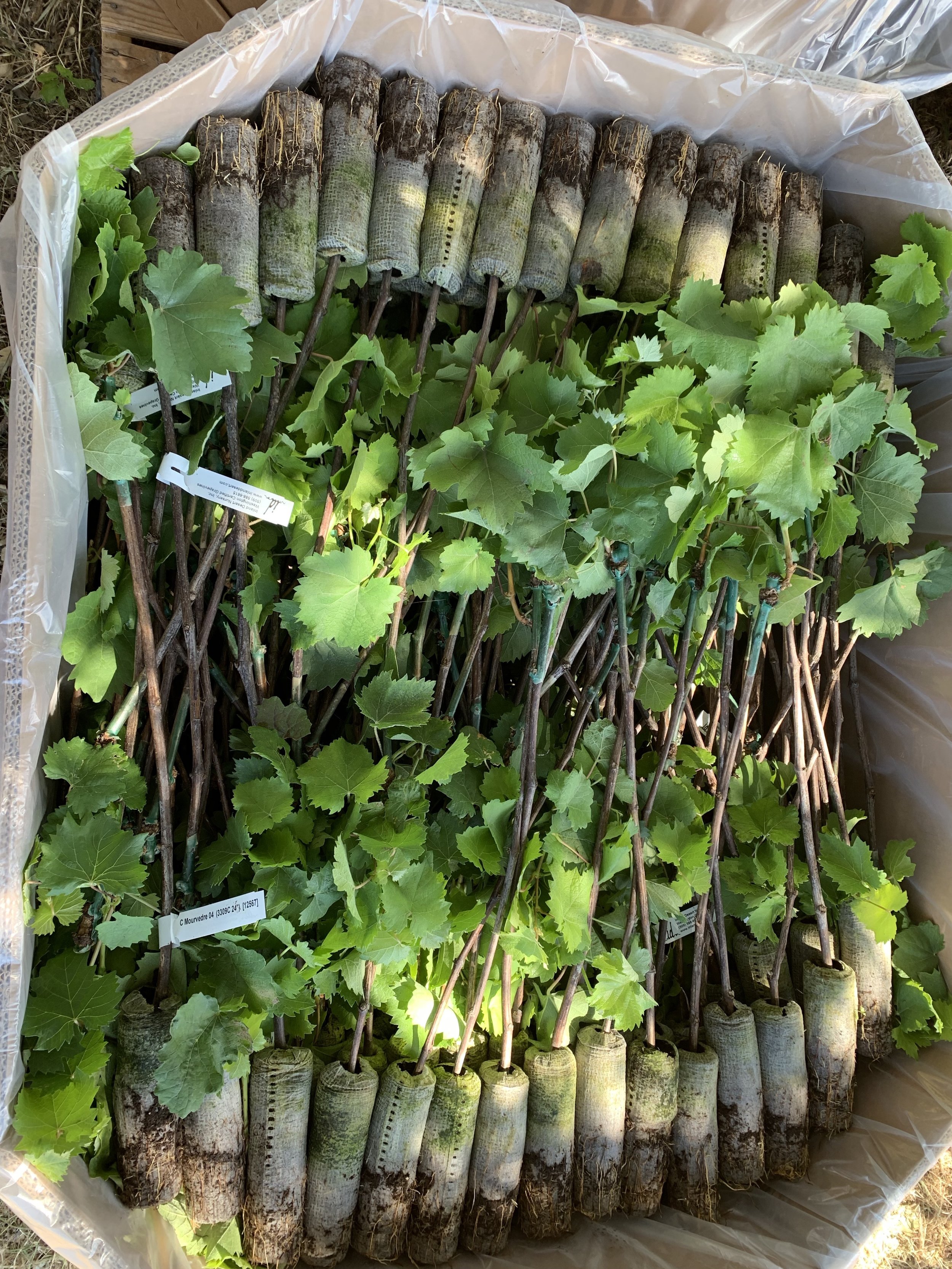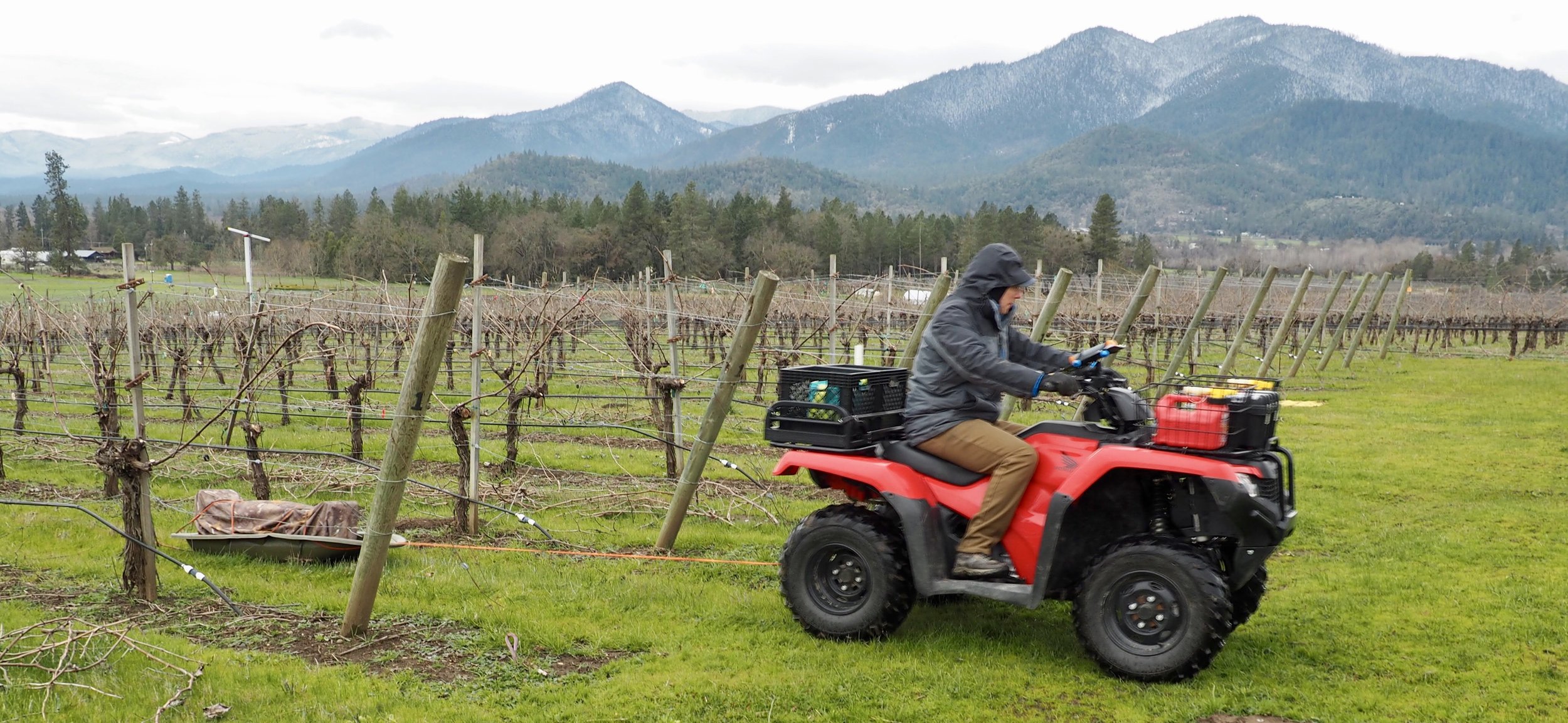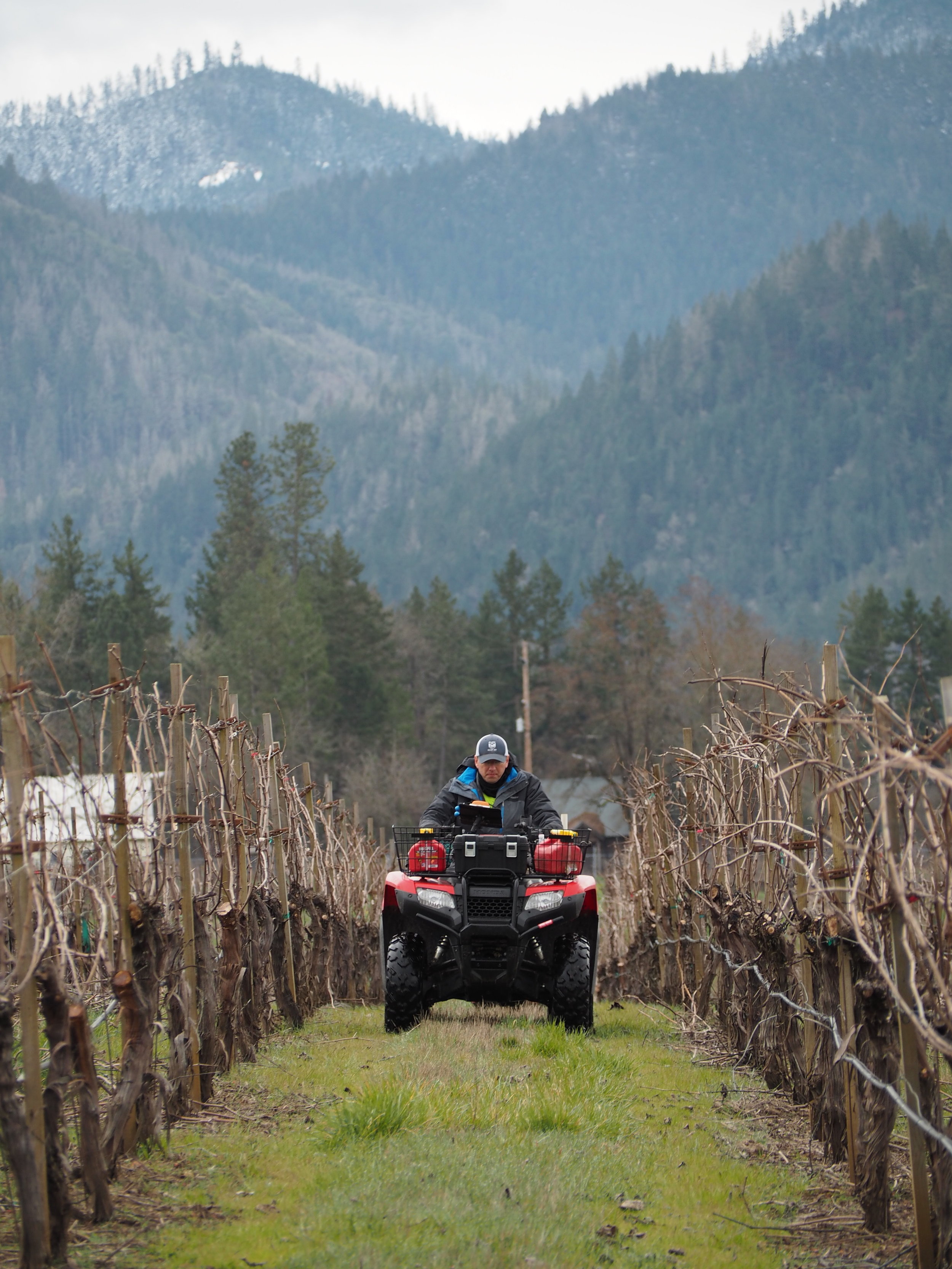Rudolf Steiner gave his agricultural lectures, the beginning of biodynamics, in 1924. There were eight lectures over thirteen days given to a group of over one hundred farmers. He died in 1925. During the last of the agricultural lectures he said, “I am in entire agreement with the strict resolve which has been made by our farmer friends here present, namely, that what has been given here to all those partaking in the Course shall remain for the present within the farmers' circle. They will enhance it and develop it by actual experiments and tests. The farmers' society — the “Experimental Circle” that has been formed — will fix the point of time when in its judgment the tests and experiments are far enough advanced to allow these things to be published."
Here are some discoveries that happened from 1924, when Steiner gave the agricultural lectures and the five years after his death in 1925:
1924 – Wolfgang Pauli: quantum Pauli exclusion principle
1924 – Edwin Hubble: the discovery that the Milky Way is just one of many galaxies
1925 – Erwin Schrödinger: Schrödinger equation (Quantum mechanics)
1925 – Cecilia Payne-Gaposchkin: Discovery of the composition of the Sun and that Hydrogen is the most abundant element in the Universe
1927 – Werner Heisenberg: Uncertainty principle (Quantum mechanics)
1927 – Georges Lemaître: Theory of the Big Bang
1928 – Paul Dirac: Dirac equation (Quantum mechanics)
1929 – Edwin Hubble: Hubble's law of the expanding universe
1929 – Alexander Fleming: Penicillin, the first beta-lactam antibiotic
1929 – Lars Onsager's reciprocal relations, a potential fourth law of thermodynamics
1930 – Subrahmanyan Chandrasekhar discovers his eponymous limit of the maximum mass of a white dwarf star
There was a lot Steiner and his compatriots did not know in 1924. What they did know was that the new chemical farming strategies that were taking over the world were destroying the land and our food. They may not have known why, but they knew something was wrong. At least they had the courage to seek a solution.
To take a frightening hypothetical, suppose you were diagnosed with cancer tomorrow. Would you want to be treated by a doctor with the knowledge that existed in 1920 or one armed with all the knowledge acquired in the last one hundred years? I think farmers should make the same argument when it comes to Steiner and biodynamics . We need to build on the wisdom of the past and it is our job to push that knowledge forward. We need not be held back by their ignorance nor condemn them for it - they knew what they knew and no more, just like us. Future generations will find us as ignorant as we find those that came before us.
Steiner clearly identified the problem and outlined an answer, but he was locked in a world that was not only in chaos after World War I, but in an era where modern science and new knowledge was exploding. His answer was to reach back and there was true wisdom in that when it came to farming. However, we must take Steiner’s world into consideration when evaluating his solutions. It is always wise to question the wisdom of your gurus. Much of what we call biodynamics today has little to do with Steiner. Names like Maria Thun, Herbert Koepf, Ehrenfried Pfeiffer and Manfred Klett established the liturgy of biodynamics. They took Steiner’s outline, then left it behind. We should do the same to them.
Steiner may not have known there were other galaxies or that the universe was expanding, but he did understand there were problems down on the farm. His ideas created a framework to build upon. He expected us to build on it, not leave his lectures frozen in time. Our job as biodynamic farmers is to continue the experiments as he requested until we find why biodynamics works, which it does. The problem right now is that we do not know the parts of biodynamics that work and those that don’t. Does every preparation work as he described? Of course not. Yet, there is something clearly working here and in the face of climate change we better figure out what works. There are no gnomes out there in the vineyard, but there are fungi and bacteria and in them we will find the real magic that makes biodynamics work. Are there Elemental Beings? Of course there are, they are just microscopic.
The ultimate expression of biodynamics is when you go beyond it and craft the right solutions for your farm. Striving for Demeter certification is like a jazz musician practicing scales over and over again. It is only after they master their instrument that they can improvise and truly create something new.
The next iteration of biodynamics is already in motion. People like Kevin Chambers at Koosah Farm and Ted Lemon at Littorai Wines are already moving beyond biodynamics to find new expressions of the preparations born of their direct experience on their farms. Practical biodynamics is being being taught to farmers (like us at Troon) by consultant Andrew Beedy, who was mentored by the famed Alan York. The practice of biodynamics has been and always will be evolving.
What Steiner said in the agricultural lectures was meaningful, insightful and important in the maelstrom that was Europe in 1924. In the almost one hundred years since the lectures, we have learned a lot. It is our role as farmers to meld the insights of the past with the knowledge of today and to build a foundation for the future. That is the essence of biodynamics. Seeking truth and building a relationship with our planet and our place in the Universe is both a spiritual quest and a commercial one. Steiner is of the past, but biodynamics is of the future. What biodynamics will become is yet to be discovered.
Steiner would have loved quantum physics. The uncertainty principle Is very biodynamic.





